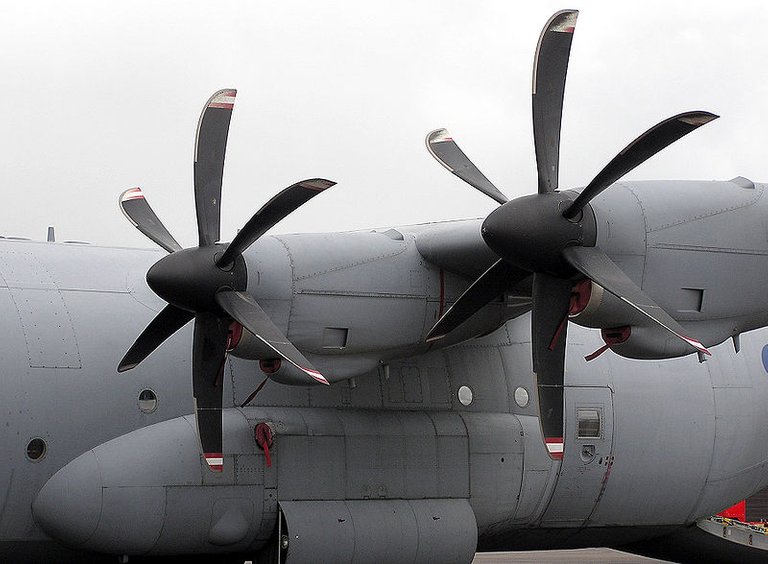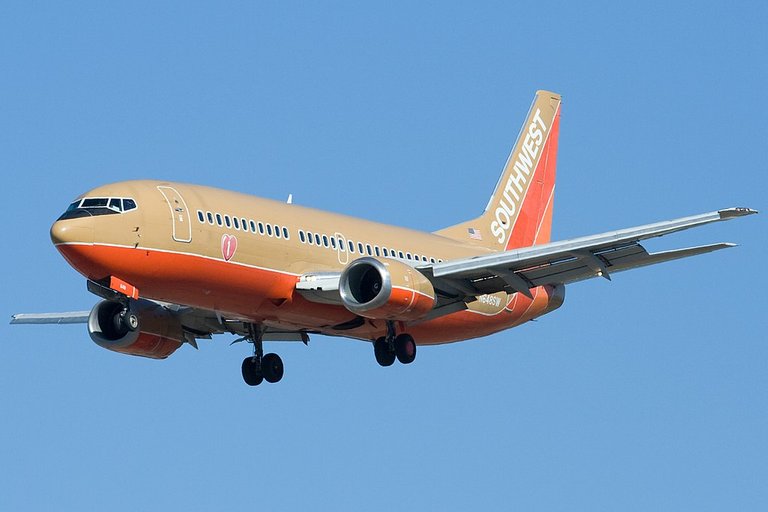A piece of major news broke out in Nigeria a few days ago when a newly floated air travel company slashed the cost of a domestic flight by almost 50 percent when compared to the already existing airlines. Tongues were wagging about how unsustainable the price is and how soon the business would fold up considering the inflation rate in the country and the cost of fuel as well as other logistics associated with operating airlines. How come the Chief Executive Officer is able to slash prices by that percentage? How does he hope to make a profit? Is he running a charity organization? A lot of questions have been asked and are still being asked as the days go by. However, the airline has started operations and many have started taking the advantage it has to offer in terms of pricing.

The secret is in the Propeller!
There are basically two types of airplanes when it comes to the aviation industry here in developing countries. These are:
- Jet engine airplanes
- Propeller engine, or simply prop engine, airplanes
In order to fully understand the differences between these two, there is a need to quickly go over how exactly airplanes operate when it comes to flying. According to explain that stuff, the engines of airplanes primarily serve to move the entire plane forward. The speed at which the plane moves forward makes air to flow over its wings. The continuous rotation of the wings throws the flowing air down and this generates an upthrust force. When enough of this force has been generated to overcome the weight of the airplane, the airplane lifts and this is when we say the plane has taken off.
Jet engines use a combination of fuel burning and air compression to create the thrust needed for movement and lifting. They are able to generate a substantial amount of thrust but at the expense of huge fuel consumption. Prop engines, on the other hand, generate the thrust needed for flight by torque. Although adequate for flight, this method generates a significantly lower amount of thrust than the air compression/fuel burning method.
The implication of generating more thrust by the jet engines is that they are quite faster and have the capability to fly at much higher altitudes than their prop engine counterparts. However, this is at the expense of much significantly higher fuel consumption. In actual fact, prop engines are known to consume 40 percent lesser fuel than their jet engine counterparts, all other things being equal.
What takes, and what gives?
The decision to operate prop engine aircraft seems like a very wise one by the CEO of the airline in that the company would be saving a huge amount on fuel, especially when you consider the high cost of Jet-A fuel in the country. Now, the question that many people have been asking is that, why have the other airlines not considered this option? Have they been deliberately ripping people off? Will the cost saved on fuel be enough to effectively compete in the market by this new airline?
It is not like everything is rosy with the new development. For every dark sky, there must be a silver lining and vice versa. The lower thrust being generated by prop engines means that it will take a longer time for them to get to their destinations when compared to jet engines. Also, the fact that they cannot fly at the same altitude as their jet engine counterparts means that they will be experiencing more turbulence in-air.
However, on a rather positive note, prop engine aircraft require a shorter runway for taking-off and landing since they do not generate as much thrust as jet engine aircraft. They are also less noisy in-flight. It is now left for us to know if the cost saved from fuelling would be enough for the newly formed airline to stay afloat.
All Nigerian airlines operate within the same framework and experience similar, if not 100 percent, the same bottlenecks in the form of heavy taxation, overhead costs, etc. The only uniqueness between the new airline and the existing one in terms of operation is the cost saved on using lesser fuel. If this would be enough for the firm to break even and stay afloat, only time would tell.

For a start, the new airline will most likely outcompete others in terms of patronage considering the fact that many Nigerians would rather go with the airline that offers the lowest cost of flights. This might be an added advantage for the firm. Hence, if you have got ample time in your hand, do not mind a little turbulent flight but wishes to save as much cost as possible, I think you will rather want to fly with the new airline.
Can people actually differentiate?
Ok. Now we get it that flight cost could be cheaper with propeller engine airplanes. The issue now lies in the fact that not everyone can differentiate between prop engine planes and jet engine planes. Unless you are a professional or inquisitive or observant enough, one might not be abe to discern if his/her flight is a prop engine plane or otherwise. The onus now lies with airlines to be sincere enough, and perhaps the regulatory bodies.
What do you think?
Resources
- https://www.thecable.ng/lagos-to-abuja-for-n16500-green-africa-brings-fresh-competition-to-aviation-sector
- https://www.flightglobal.com/airlines/green-africa-aims-to-introduce-up-to-15-atrs-by-end-2022/143896.article
- https://www.presidential-aviation.com/whats-the-difference-between-a-prop-and-a-jet/
Posted with STEMGeeks